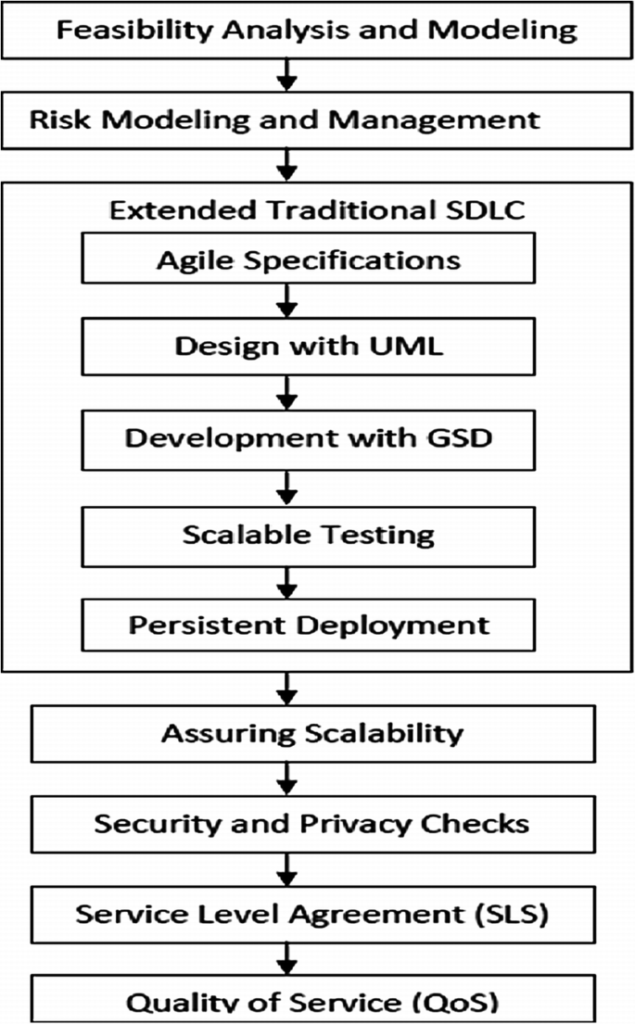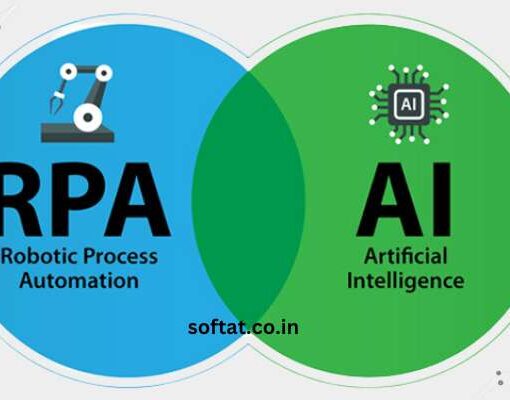Understanding the Application Development Life Cycle (ADLC)

The Application Development Life Cycle (ADLC) is a structured process that outlines the various phases involved in creating, deploying, and maintaining software applications. In the context of cloud computing, ADLC takes on new dimensions, leveraging the elasticity, scalability, and on-demand nature of cloud platforms to accelerate development and deployment processes.
The Evolution of Application Development Life Cycle in Cloud Computing
Traditionally, software development followed a waterfall or iterative model. However, the advent of cloud computing has ushered in a new era of agile and DevOps methodologies, revolutionizing the ADLC. Cloud platforms offer a rich set of tools and services that streamline development, testing, deployment, and management of applications.
Key Phases of the Application Development Life Cycle in Cloud Computing
- Planning and Requirements Gathering:
- Identify business needs and objectives.
- Conduct feasibility studies and market analysis.
- Define project scope and goals.
- Create detailed requirements and specifications.
- Leverage cloud-based collaboration tools for efficient team communication.
- Design and Architecture:
- Develop a high-level system architecture.
- Choose appropriate cloud platforms and services (IaaS, PaaS, SaaS).
- Design application components and interfaces.
- Consider scalability, performance, and security requirements.
- Utilize cloud-based modeling and design tools.
- Development:
- Build application code using chosen programming languages and frameworks.
- Develop user interfaces and user experiences.
- Integrate with cloud-based services (storage, databases, analytics).
- Conduct unit testing and code reviews.
- Utilize cloud-based development environments and collaboration platforms.
- Testing:
- Create comprehensive test cases and test plans.
- Conduct functional, performance, security, and usability testing.
- Leverage cloud-based testing tools and environments.
- Automate test execution and reporting.
- Gather feedback and iterate on the application.
- Deployment:
- Package and deploy the application to the cloud environment.
- Configure cloud infrastructure and services.
- Implement continuous integration and continuous delivery (CI/CD) pipelines.
- Monitor deployment and address any issues.
- Utilize cloud-based deployment automation tools.
- Operations and Maintenance:
- Monitor application performance and availability.
- Manage updates and patches.
- Provide technical support and troubleshooting.
- Implement disaster recovery and business continuity plans.
- Leverage cloud-based monitoring and management tools.
- Retirement and Disposal:
- Plan for application decommissioning.
- Migrate data to long-term storage or archive.
- Release cloud resources.
- Adhere to data retention and security policies.
Benefits of Cloud Computing in ADLC
- Accelerated development: Cloud-based tools and platforms streamline development processes.
- Increased agility: Quickly adapt to changing business requirements.
- Improved collaboration: Cloud-based collaboration tools enhance teamwork.
- Cost reduction: Pay-per-use model and reduced infrastructure costs.
- Enhanced scalability: Easily scale applications to meet demand.
- Improved reliability: Cloud providers offer high availability and disaster recovery.
Challenges and Considerations
- Security: Protect sensitive data and applications from threats.
- Vendor lock-in: Evaluate potential risks of relying on cloud providers.
- Performance: Ensure optimal application performance in the cloud.
- Cost management: Monitor cloud usage and optimize spending.
Conclusion
The ADLC in cloud computing offers significant advantages for organizations seeking to develop and deploy applications efficiently. By understanding the key phases and leveraging cloud-based tools and services, businesses can accelerate time-to-market, improve application quality, and gain a competitive edge.
FAQs
What is the application life cycle in cloud computing? The application life cycle in cloud computing is a structured process that encompasses the various stages involved in developing, deploying, and managing software applications on cloud platforms.
What is SDLC in cloud computing? SDLC (Software Development Life Cycle) is a broader term that encompasses the entire process of software development, including planning, design, development, testing, deployment, and maintenance. In cloud computing, SDLC is adapted to leverage cloud-based tools and infrastructure.
What are the 7 phases of SDLC? The 7 phases of SDLC are planning, requirements gathering, design, development, testing, deployment, and maintenance. These phases are applicable to both traditional and cloud-based software development.
What is the application dev life cycle? Application development life cycle (ADLC) is another term for the application life cycle. It refers to the specific process of developing software applications, including coding, testing, and deployment.




